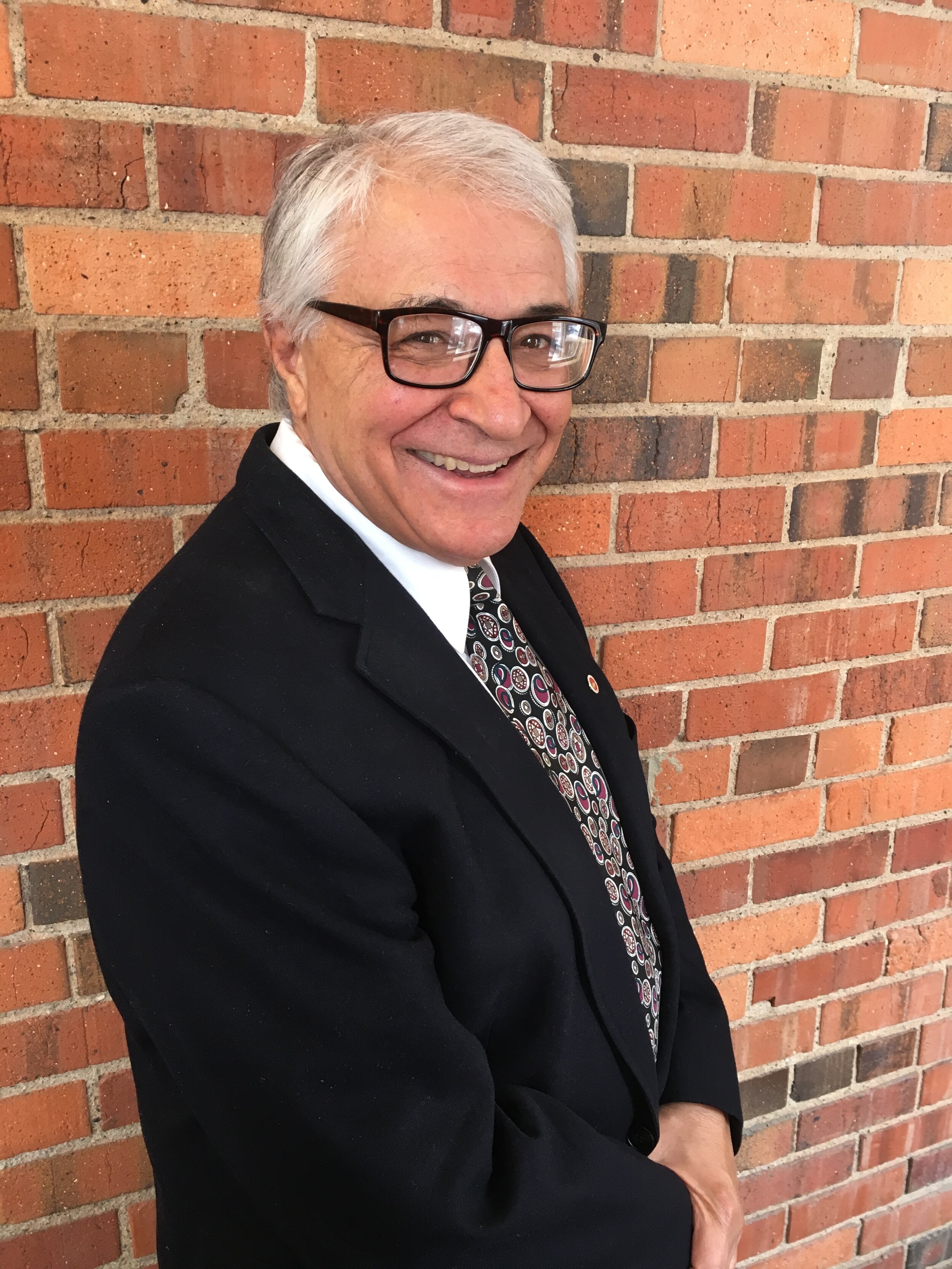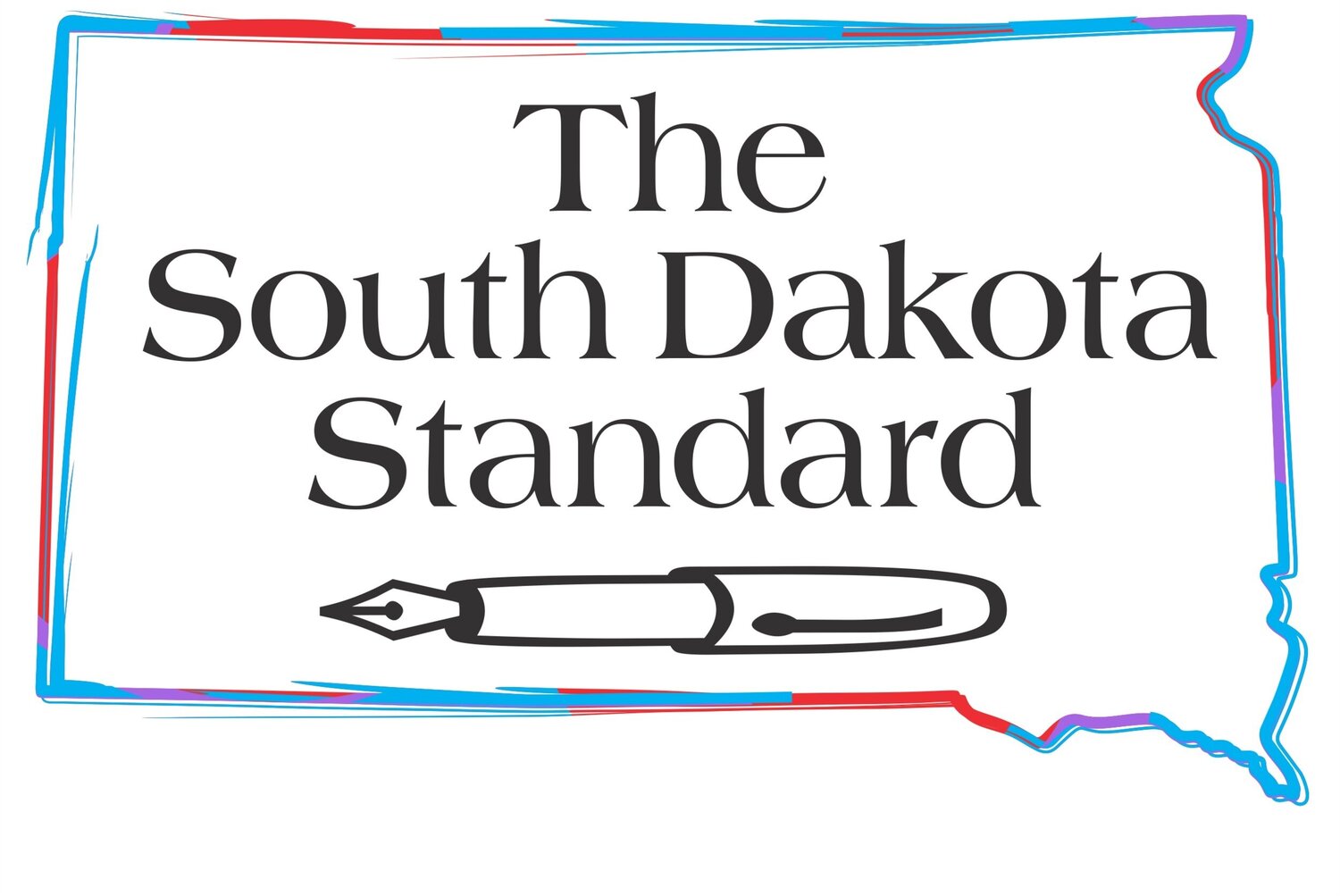Two more reasons for Native Americans to be angry about American history and how it is taught
Native Americans are frequently told to leave the past behind, to move on from the atrocities they suffered as whites swept across North America, killing and displacing the people who lived there.
Why?
Why does anyone have the temerity to tell the original occupants of this land how to feel about the evil inflicted upon them? I am surprised there isn’t more anger, more outrage, more retribution for the sins committed by “settlers” and “pioneers.” Only one word describes it: Genocide.
Those thoughts came to me in light of two recent events, but they have their roots in decades of studying history, talking with Native Americans, and pondering the reality of our history, especially in the light of recent actions and words by conservative leaders like Donald Trump and Pete Hegseth.
Hegseth announced in a video released on Thursday, Sept. 25, that the 20 members of the Seventh Cavalry who received the Medal of Honor — the highest American military award for valor — for their roles in the Wounded Knee Massacre will retain it. They’re all long dead, of course, but there has been a lot of talk and study on rescinding the medals posthumously.
Hegseth, who has been an embarrassment as secretary of Defense and, now, War, referred to the honorees as “brave” soldiers.
How brave was it to shoot down unarmed children, women and the elderly? How brave was it to fire upon these noncombatants on the freezing morning of Dec. 29, 1890?
At least 250 Native Americans, and possibly as many as 300, were killed. Most were from the Miniconjou band of the Lakota Sioux. Around 25 soldiers were killed, mostly from “friendly fire.” The Seventh Cavalry had nearly been wiped out at the Battle of Greasy Grass, also known as the Battle of Little Bighorn or Custer’s Last Stand. It was thirsty for revenge, and there are reports of cries of “Remember Custer!” from the soldiers.
It was a slaughter, even if it was at first labeled a battle. The correct term massacre has since been applied. The victims were almost all unarmed, and many were killed as they sprawled in the snow.
Chief Spotted Elk, (Sitȟáŋka), who soldiers had dubbed Big Foot, was shot even though he was too ill to sit, much less stand and defend himself. He was the half-brother of Sitting Bull, who had been killed on the Standing Rock Reservation two weeks earlier.
But don’t try to explain all that to Hegseth. He’s not interested in truth or history. He’s too busy playing politics.
“We’re making it clear that (the soldiers) deserve those medals,” he said.
Hegseth said “their place in our nation’s history is no longer up for debate.”
Wrong!
Wounded Knee was a dark moment in our history. That must be acknowledged and understood. And yes, those medals should be withdrawn.
When you think of buffalo hunting, the image of Native Americans, perhaps the greatest horsemen in history, riding down on a herd, their hair floating in the breeze, bows ready to fire, immediately springs to mind.
That’s why my friend Tim Giago, the renowned Native American writer, editor and publisher, had a tremendous suggestion for the annual Buffalo Roundup at Custer State Park. In addition to the cowboys, both on horses and in pickups, bringing the bison into their corrals, add some Native Americans, he wrote.
“It would be one of the happiest days of my life and I am sure in the life of many Lakota elder to see Lakota warriors dressed in their finest apparel riding across the He Sapa (Black Hills) in the traditions of their ancestors in pursuit of their brothers the Tatanka,” Tim wrote in 2018. “I am sure that tourists from as far away as Germany would stand there with tears in their eyes to see such a glorious sight.”
It was an excellent idea, both for historical reasons and as a tourism draw. But no state official has responded. That’s shameful, given Tim’s major role in creating Native American Day as a fitting replacement for Columbus Day in South Dakota, and his long career as a newspaperman.
Tim worked with Gov. George S. Mickelson to make 1990 a “Year of Reconciliation between Indians and Whites” and to make Native American Day a state holiday. Other states have followed.
“We can’t turn back the clock,” Mickelson said on the first Native American Day. “We can only turn to the future together. What we can do as leaders, both Native American and white, is teach others that we can change attitudes.”
As usual, Tim was looking ahead, envisioning a better world.
“It is my hope that this day is just a small beginning for race relations in South Dakota,” he said. “It is an event that all South Dakotans should be aware of and it is a perfect way to bring the races together.”
Adding Native riders to the Roundup would be another step, admittedly a symbolic one, in the right direction.
But Govs. Dennis Daugaard and Noem had no interest in the idea, and Gov. Larry Rhoden did not ask Roundup organizers to include Indian riders this year. The event took place on Friday, Sept. 26.
Governor, please take Tim’s excellent advice and include the original bison hunters in the 2006 Roundup. It would be a wonderful way to connect the past with the present and future, would help heal long-standing pain — and the tourists would love it!
Tim won’t be able to attend the first event that includes Natives — he died in 2022 — but his spirit would be present. This needs to happen. We must reveal the truth, teach it and understand the whole story of America.
In 1980, the great writer James Baldwin was asked why millions of people refuse to understand the truth behind our country’s evolution and growth.
“The Americans have never even heard of history, they still believe that legend created about the Far West, and cowboys and Indians, and cops and robbers, and black and white, and good and evil,” Baldwin said. “If the Europeans are afflicted by history, Americans are afflicted by innocence.”
Innocence? Willful ignorance seems a more fitting term.
Meanwhile, Native Americans continue to suffer and struggle. It’s one of America’s two original sins, even as conservatives try to erase and rewrite history.
Fourth-generation South Dakotan Tom Lawrence has written for several newspapers and websites in South Dakota and other states for four decades. He has contributed to The New York Times, NPR, The London Telegraph, The Daily Beast and other media outlets. Do not republish without permission.
Photo: 1891 photograph (titled “What’s left of Bigfoot’s band”) showing survivors of the slaughter at Wounded Knee, public domain, wikimedia commons
The South Dakota Standard is offered freely and is supported by our readers. We have no political or commercial sponsorship. If you'd like to help us continue our mission to advance independent political and social commentary, you can do so by clicking on the "Donate" button that's on the sidebar to your right.







